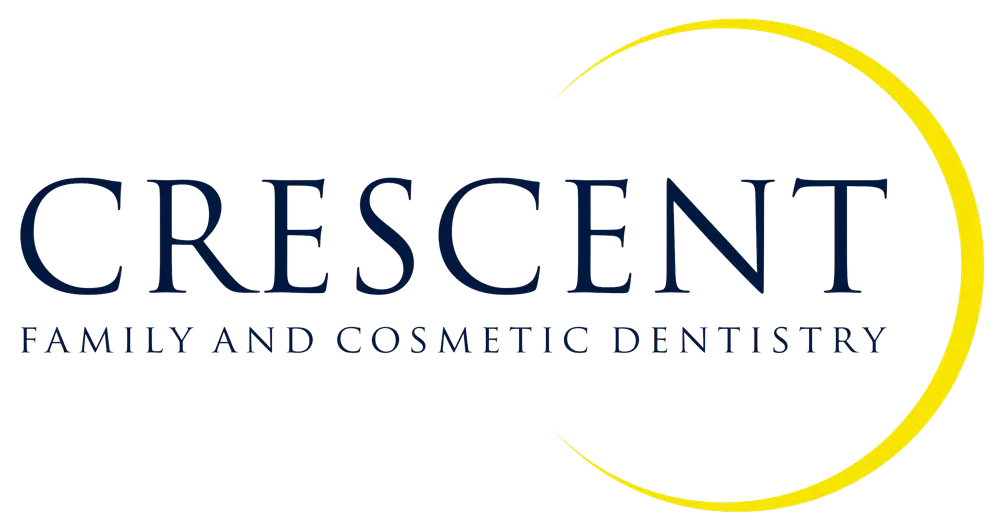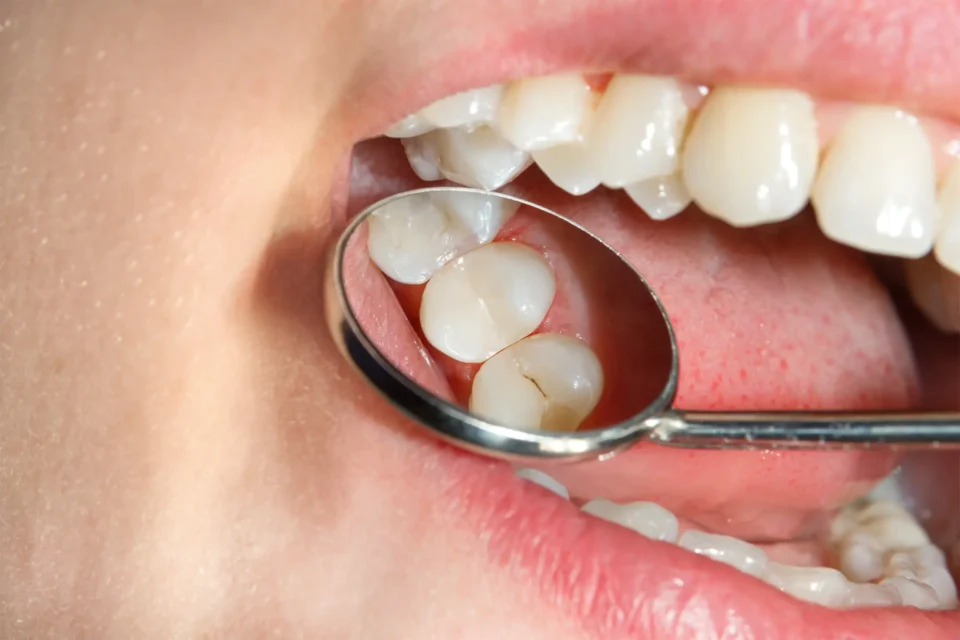Clean Enough to Impress AI? The Future of Dental Cleanings and Tech Integration

Your teeth might be cleaner than your phone—at least after your next dental visit. That’s where things are headed. Dental cleanings aren’t just about scraping and polishing anymore. New tech is quietly changing the game, turning routine checkups into high-precision, AI-powered experiences. From smart scanners that catch cavities before they show up on X-rays to AI tools that help dentists spot trouble faster, your mouth is getting a digital upgrade.
This shift isn’t just cool—it’s practical. Faster appointments. Better accuracy. Fewer surprises. The kind of cleaning that doesn’t just feel good but gives your dentist a clearer picture of what’s happening beneath the surface. And yes, AI might soon be checking whether your brushing habits pass the test.
How is Artificial Intelligence Changing The Way Dental Cleanings are Performed?
Artificial intelligence is making waves across industries, and dentistry is no exception. AI’s role in dental cleanings is primarily centered on enhancing diagnostic capabilities, guiding hygienists with real-time insights, and predicting oral health risks.
Here’s how AI is changing the cleaning game:
- Smart Diagnostics: AI algorithms analyze digital images and 3D scans to detect areas of plaque buildup, tartar, and even early signs of gum disease that might be missed by the naked eye.
- Personalized Cleaning Plans: Using data from previous visits, AI can suggest tailored cleaning strategies specific to a patient’s oral health patterns, improving efficacy and comfort.
- Real-Time Assistance: During cleanings, AI-powered devices can provide instant feedback on technique and pressure, helping hygienists optimize their performance.
- Predictive Analytics: AI doesn’t just react; it predicts. By analyzing patient data trends, AI helps dentists anticipate potential oral issues and schedule preventive care accordingly.
- Enhanced Imaging: AI improves image clarity and diagnostic accuracy, leading to more precise targeting of problematic areas during cleanings.
AI is essentially turning dental cleanings from a one-size-fits-all routine into a highly customized, data-driven procedure that maximizes results and minimizes discomfort.
What Role Does Automation Play in Modern Dental Hygiene Procedures?
Automation might sound like a buzzword conjuring images of robots replacing humans, but in dental hygiene, it’s a complementary tool designed to enhance human skills and streamline workflows.
Automation in dental cleanings includes:
- Ultrasonic Scalers with Automated Settings: These devices use sonic vibrations to remove plaque and tartar more efficiently, with preset modes tailored to different cleaning needs.
- Robotic Assistance: Though still emerging, robotic arms can assist in repetitive tasks like polishing or irrigation, allowing hygienists to focus on patient comfort and detailed inspection.
- Digital Record-Keeping: Automated systems update patient charts instantly with procedure details, freeing up time for clinicians to concentrate on care rather than paperwork.
- Scheduling and Reminders: Automation extends beyond the clinic chair, managing appointments and follow-ups to improve patient compliance and continuity of care.
- Sterilization and Instrument Tracking: Automated sterilization units ensure equipment is disinfected thoroughly and tracked digitally for safety and compliance.
Automation complements the human touch by reducing fatigue and human error, making dental cleanings more consistent and efficient without compromising the personalized care that patients value.
Can Dental Technology Enhance The Precision of Routine Cleanings?
Precision is the name of the game in modern dental care, and new technologies are making cleanings sharper and more targeted than ever before.
Technological enhancements include:
- Intraoral Cameras and AI Analysis: These small cameras provide high-resolution images inside the mouth, which AI analyzes to highlight plaque zones and early decay, enabling hygienists to zero in on problem areas.
- Laser-Assisted Cleanings: Lasers can target bacteria and tartar with minimal discomfort, offering an alternative or complement to traditional scraping.
- 3D Scanning and Printing: Custom dental tools and trays can be crafted based on 3D scans, ensuring perfect fit and effectiveness.
- Pressure Sensors and Feedback Devices: Some cleaning instruments now include sensors that monitor pressure applied, helping avoid tissue damage and improving patient comfort.
- Digital Mapping: Detailed digital maps of a patient’s oral cavity guide hygienists through a step-by-step cleaning plan, leaving no nook or cranny untouched.
By integrating these technologies, dental cleanings become less guesswork and more precision craft, improving outcomes and reducing the need for follow-up interventions.
How Do AI-driven Tools Affect Patient Experience During Dental Appointments?
Technology often raises the question: Does it enhance or detract from the human experience? In the case of AI-driven dental tools, the answer leans strongly toward enhancement, particularly when thoughtfully integrated.
Here’s how AI improves patient experience:
- Reduced Anxiety: Precise diagnostics and gentle automated instruments can make cleanings quicker, less painful, and more predictable, easing common dental anxieties.
- Greater Transparency: Visual aids like intraoral camera footage and AI-generated reports help patients understand their oral health better, empowering informed decisions.
- Personalized Care: Tailored cleaning strategies based on AI insights make patients feel uniquely cared for rather than part of a routine.
- Efficient Appointments: Automation reduces wait times and streamlines procedures, respecting patients’ time.
- Ongoing Engagement: AI-powered apps remind patients of appointments, encourage better at-home care, and even provide virtual consultations.
Importantly, these tools don’t replace the dentist or hygienist; instead, they act as intelligent assistants that free up professionals to focus more on patient comfort, education, and emotional support.
The Takeaway: The Future of Dental Cleanings Is Bright—and Smart
Dental cleanings have come a long way from the days of manual scraping and generic polish. AI and automation are transforming them into precise, personalized, and patient-centered experiences. This future promises not only cleaner teeth but smarter care that anticipates your needs, reduces discomfort, and builds a stronger partnership between you and your dental team.
Whether you’re a tech enthusiast excited about innovation or someone who values gentle, effective care, the integration of AI in dental hygiene is set to elevate how we maintain our smiles. So next time you sit in the dental chair, imagine having a digital assistant and robotic helper alongside your hygienist—working in perfect harmony to leave your smile truly “clean enough to impress AI.”
Experience the Smarter Side of Dental Care at Crescent Dentistry in Columbia
At Crescent Family and Cosmetic Dentistry, we’re raising the bar for cleanings with a mix of high-tech tools and real human care. Our approach is simple: give every patient top-tier treatment that’s faster, smarter, and more personalized—thanks to the power of AI and modern dental tech.
From the second you step in, you’ll notice the difference. Our team uses advanced intraoral scanners, ultrasonic cleaners, and AI-guided treatment planning to make your visit smoother and more precise. That means less guesswork, more comfort, and a cleaning that does more than just polish your teeth—it helps protect your whole smile.
We don’t just stay current with technology—we use it to make your care better. If you’re ready for a dental experience that actually feels ahead of the curve, Crescent Dentistry is ready for you. Book today and see how tech and trust can work together for your healthiest smile yet.

